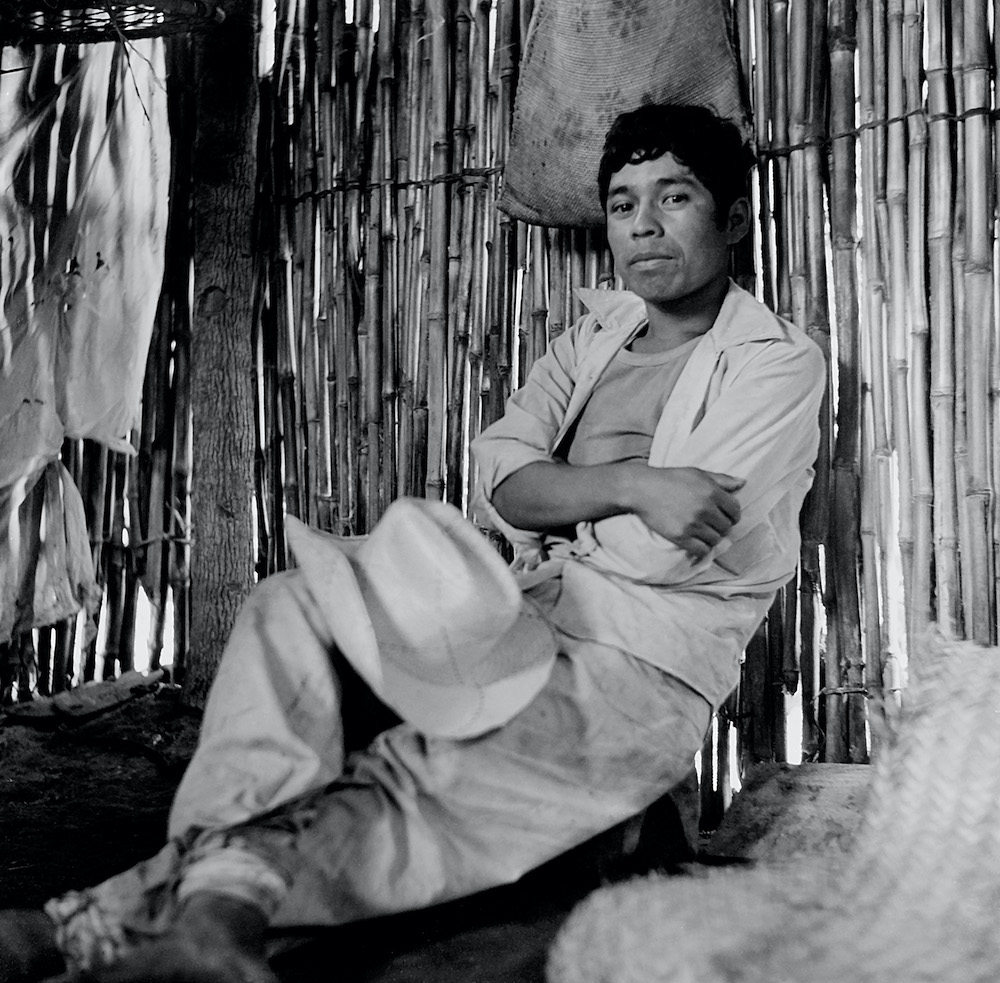Luis Delgado, prolific photographer, documentarian and inveterate bookmaker seemingly operates under the radar—even after a nearly 50-year run. A recent Los Angeles transplant, he was born and educated in Mexico City to a Mexican father and American mother —immersed in a growing cosmopolitan milieu. Early on he studied under the tutelage of Guggenheim fellow Frank Gonzales, and took up painting, photography and theater, subsequently graduating from the University of the Americas Puebla. In the ’80s, he moved to the Bay Area where he attended the San Francisco Art Institute and honed his practice.
After producing a body of social and documentary photography influenced by Richard Misrach, Diane Arbus, Henri Cartier- Bresson and others, Delgado adopted a conceptual approach utilizing and combining the book form with photography as a basis for his work. In the 1990s, there was a significant shift instigated by the defining creation of “Loteria Cosmologica” (1996). Based on the classic Mexican lottery game, the series comprises 41 silver-gelatin images printed on cards transforming them into an existentialist version of the Tarot. It’s an unexpected and sardonic body of images, which one can use to divine one’s future—converting the viewer from passive spectator to active participant. The series led to a more focused vision of using the printed book format as a vehicle for his ongoing work. With “Nocturne” (2018), Delgado published a series of starkly haunting night portraits, taken while roaming through Mexico City’s Coyoacán district and published as a fold-out book.

Luis Delgado, Atlequisayan, 1975. Image courtesy of the artist.
Artist’s books or bookworks—a term employed by Mexican author and conceptual artist Ulises Carrión—stand in contrast to “books on art” or catalogs, and are intimate, tactile and often sequential. They have existed for millennia, emerging in the 20th century as an art form—notably with Pierre Bonnard and later the Dadaists, Kandinsky, Picasso and others. Publications materialized in the US more robustly as a conceptual practice, such as the seminal publication of Ed Ruscha’s Twentysix Gasoline Stations (1963), his wry photographs of gas stations taken between Oklahoma and Los Angeles. In 2008, Ruscha stated he felt that the books were more advanced as a concept than his paintings. For many artists, such books are distinctive; democratic, creatively malleable, often cheap to produce and critically focused on the idea as paramount concern.
Beyond the creation and production, bookworks are not for reading in the traditional sense, but to consider and reflect on—a conceptual approach that relies on the viewer’s interaction with the object to effect meaning. Collectors—both institutional and individual—eye such works strategically and aesthetically. Stanford and UC Berkeley, where Delgado’s works are held, as well as the Getty Research Institute, devote substantial resources to their library holdings as research adjuncts. New York and LA’s Printed Matter Book Fairs adds a hyper-contemporary flair for collectors.

Luis Delgado, Mexico Juvenil #1, 1980. Image courtesy of the artist.
In 2010, Delgado took to the format head-on with the creation of the Malulu Editions imprint, focused on publishing a variety of group projects—most recently, Lowriders by Lou Dematteis, which was acquired by the Smithsonian. The environmentally focused 10 Carbon Conundrums—Coincidental observations, pairings of events and images through coincidental dates (2016) consists of both books and prints, a thoughtful exposé of the planet’s plundering.
Dialogos Callejeros (Street Dialogues) (2018) is a romantic tribute to the streets of Mexico City’s Polanco neighborhood, named after philosophers such as Homer, La Fontaine and Schiller, as well as noted Mexican musicians As one commenter noted, “perusing this book is like changing the radio stations while driving through Polanco.” More recently, he published Are You Talking to Me? (2019)—a sobering tribute honoring immigrants who died while in ICE detention facilities. Along with the government’s detached press language, he pairs a single, devastating image of a sandal or boot print as poignant homage. In production is Delgado’s love letter to Acapulco’s jet-setter golden age, roughly tracking the decades between 1950 and 1970, presented as a series of fold-out publications. Los Tarzanes (2023) is a riff on Olympic champion and star Johnny Weissmuller and infers a social milieu rife with hedonism, scandals and media speculation. But Delgado’s longer-term goal follows Carrión’s dictum of “archive as artwork”—the monumental undertaking of consolidating the totality of one’s practice.
As books’ material forms gravitate into the digital realm, bookworks created with deliberative corporeality offer a possibility of considering the physicality of the thing itself. So much the better.


